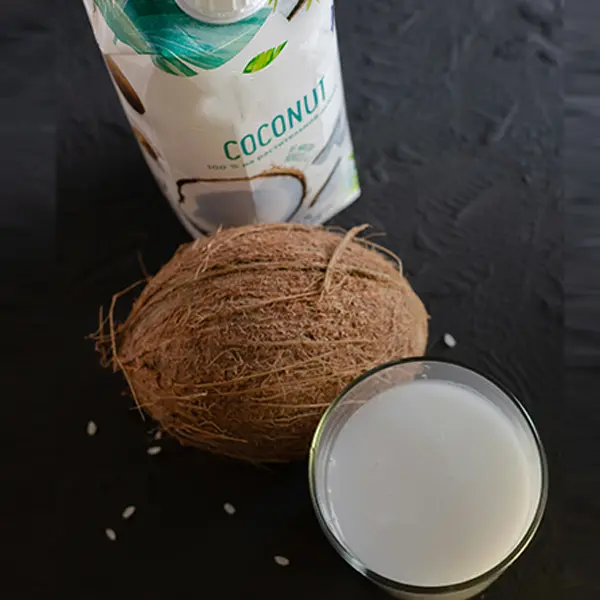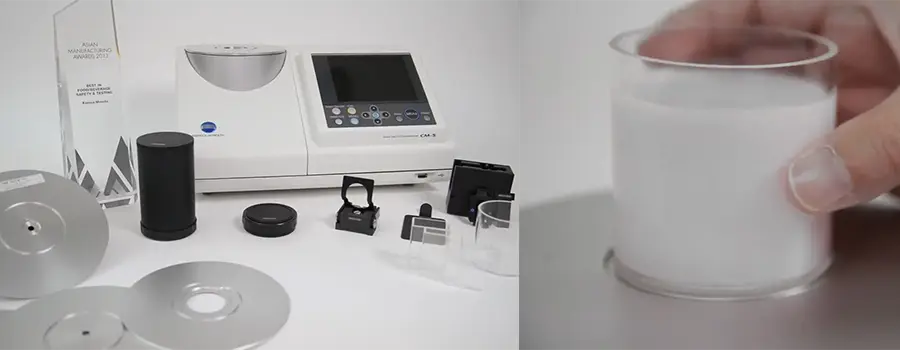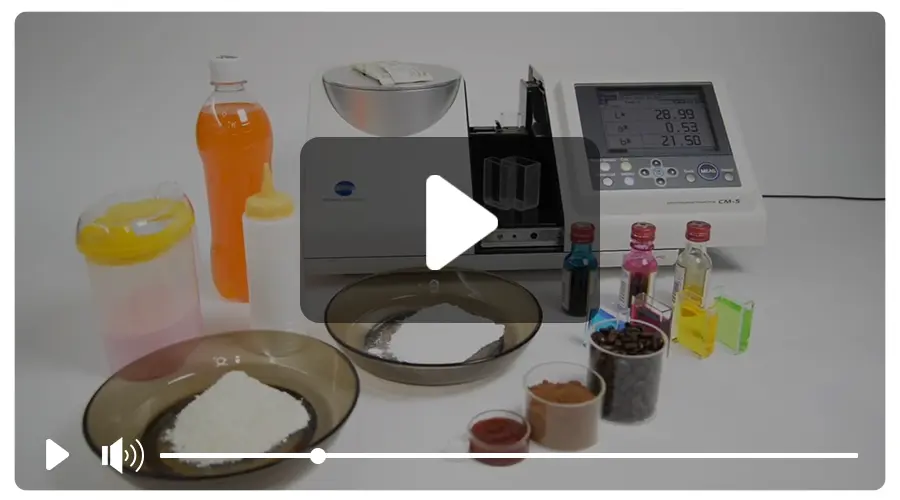Ensuring Quality in Coconut Milk with Precise Color Measurement

The color of coconut milk is a quality parameter that speaks to its freshness, texture, and processing consistency. As with many food products, consumers associate certain colors with quality. Coconut milk that appears bright and creamy is often perceived as fresh and natural, while any discoloration could imply spoilage, contamination, or inconsistencies in processing. Color measurement allows manufacturers to objectively monitor these aspects, ensuring each batch meets quality standards.
Coconut milk undergoes several key processing steps that impact its color. For example, heating is often applied early in production to stabilize the milk and reduce spoilage by limiting enzyme activity and microbial growth. However, this heat exposure can lead to slight color changes due to chemical reactions. Pasteurization, performed to destroy harmful bacteria and pathogens and extend shelf life, can also cause mild color shifts, especially for ultra-high-temperature pasteurization. Homogenization, which prevents the separation of fat and water to ensure a smooth and creamy texture, directly influences the milk’s color by altering particle size. High-pressure homogenization breaks down fat globules into smaller particles, resulting in a stable emulsion. This reduction in particle size decreases light scattering, causing the milk to appear slightly darker.
Objective Color Measurement of Coconut Milk
When it comes to evaluating the color of coconut milk, relying on visual assessment is highly subjective and prone to inconsistencies. Factors such as lighting conditions, individual perception, and observer bias can lead to varying interpretations of the milk’s appearance. These inconsistencies create significant challenges in large-scale production, where maintaining batch-to-batch uniformity is critical. To overcome these limitations, objective color measurement instruments like spectrophotometers provide precise, quantifiable data on color data using the CIE L*a*b* color space, a widely adopted color model in food color measurement.

The CIE L*a*b* color space is a three-dimensional model that consists of 3 parameters: the L* represents the brightness of a color, a* denotes the red-to-green axis, and b* indicates the yellow-to-blue axis. By leveraging these standardized parameters, manufacturers can accurately track and control color changes throughout coconut milk production. For example, the L* value of coconut milk decreases as homogenization pressure increases, a trend that reflects the relationship between particle size and light scattering. Smaller droplets scatter less light, resulting in a lower L* value. Additionally, higher a* value and b* value may suggest the occurrence of the Maillard reaction or prolonged exposure to heat, light, or improper storage conditions, which accelerate oxidative and chemical changes.
Konica Minolta Color Measurement Solutions for Coconut Milk
Leading in innovative color measurement solutions, Konica Minolta Sensing brings to the table a wide selection of colorimeters and spectrophotometers extensively utilized in the food industry. The Spectrophotometer CM-5 stands out for its versatility, making it an excellent tool for monitoring and regulating the color of coconut milk. Along with the popular CIE L*a*b* color space, it also offers other indices, such as the Whiteness Index (WI). The CM-5 Spectrophotometer is capable of performing both reflectance and transmittance color evaluations, providing a comprehensive analysis of samples from raw ingredients all the way to the finished coconut milk product. Further facilitated by additional accessories like the petri dishes and tube cells, ensuring consistent sample presentation and measurement becomes effortless.

Spectrophotometer CM-5
The CM-5 Spectrophotometer’s capabilities can be further expanded with the integration of the color management software SpectraMagic NX2. This software offers customizable reports, trend monitoring, and the creation of unique color formulas specific to your needs. Check out this video to understand the wide-ranging functionalities of the CM-5 Spectrophotometer better.
WATCH VIDEO
Interested to see the Spectrophotometer CM-5 in action? Or facing challenges measuring the color of your coconut milk? Contact our team to schedule a demonstration or a complimentary consultation with our color experts today.

